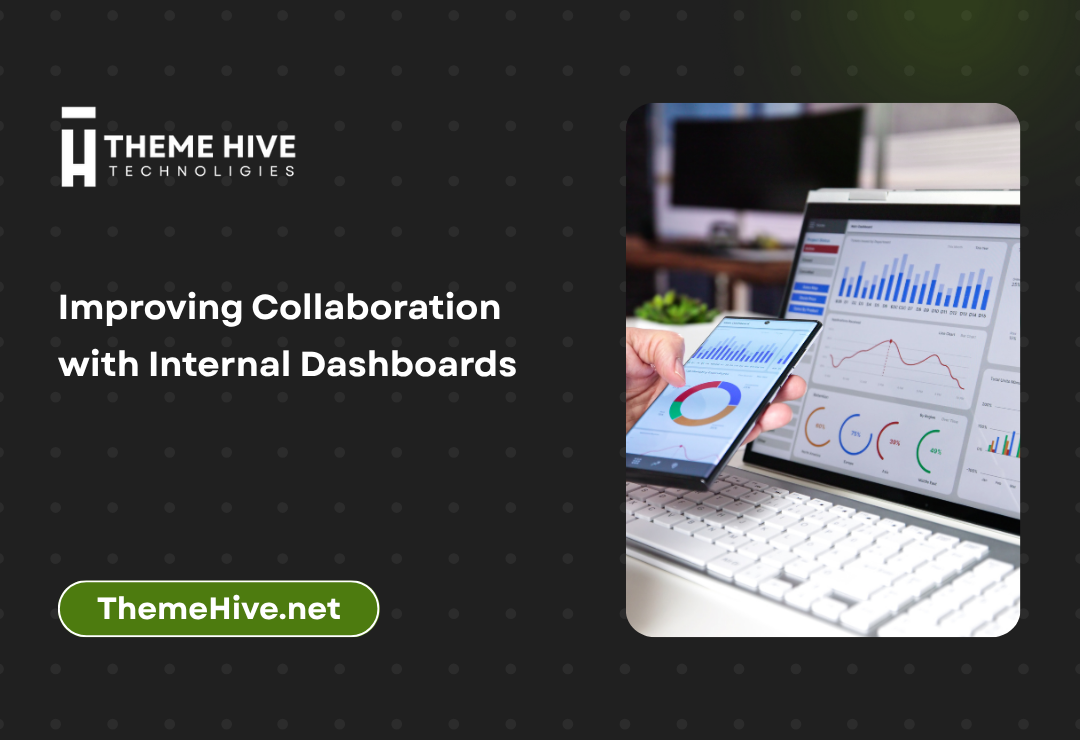In today’s fast-paced digital landscape, businesses are under pressure to deliver high-performing, user-friendly apps across multiple platforms without compromising on time or budget. Cross-platform app development offers a practical solution by enabling developers to build a single application that runs seamlessly on different operating systems such as Android, iOS, and Windows. This article delves into the key benefits of cross-platform development and why it has become a go-to strategy for modern businesses.
Discover how Theme Hive’s Services can support your cross-platform project goals with optimized digital solutions.
What is Cross-Platform App Development?
Cross-platform app development refers to the practice of creating software applications that are compatible with more than one operating system using a single codebase. Tools like Flutter, React Native, and Xamarin enable developers to write code once and deploy it across multiple platforms.
Popular Frameworks:
- Flutter (by Google)
- React Native (by Meta)
- Xamarin (by Microsoft)
- Ionic
These frameworks come with libraries, tools, and plugins that accelerate development and reduce the complexities of dealing with multiple operating systems. Read more about the evolution of app technology trends in our News Articles.
Key Benefits of Cross-Platform App Development
1. Cost Efficiency
Developing a single codebase for multiple platforms significantly reduces development costs. There’s no need to hire separate teams for Android and iOS development. Resources are utilized more effectively, reducing the overall project budget.
2. Faster Time to Market
With a unified development process, businesses can launch their apps on various platforms simultaneously, reducing time to market and gaining early feedback. This allows for faster iterations and improvements, which is especially crucial for startups and MVPs.
3. Code Reusability
Code reusability minimizes redundancy and allows developers to maintain and update apps more easily. Instead of fixing bugs in multiple versions of the app, developers only need to make changes once in the shared codebase.
4. Uniform User Experience
A consistent look and feel across platforms enhances user satisfaction. Cross-platform frameworks offer standardized UI components to ensure a cohesive experience, improving branding and user trust.
5. Easier Maintenance and Updates
With a single codebase, updates and bug fixes can be rolled out across all platforms simultaneously, ensuring a smoother experience for users. This also simplifies the long-term maintenance cycle of the application.
6. Wider Audience Reach
Publishing your app on multiple platforms allows businesses to target a broader audience base. Instead of limiting reach to either iOS or Android users, cross-platform apps can attract both, boosting user acquisition and engagement.
7. Rapid Prototyping
Cross-platform development supports quick prototyping. You can create a Minimum Viable Product (MVP) that works on multiple platforms and gather feedback from diverse user groups early in the product cycle.
8. Cloud Integration Compatibility
Cross-platform apps are more likely to be compatible with modern cloud-based services, enabling seamless data sync, scalability, and integration with tools like Firebase, AWS, and Azure.
9. Simplified Testing Process
Since only one application needs to be tested, the QA process becomes more efficient. Automation testing tools can be integrated easily to run tests across platforms, reducing time and cost.
When to Choose Cross-Platform Development
Cross-platform app development is best suited for:
- Startups and SMBs with limited resources
- Apps with simple UI/UX requirements
- MVPs (Minimum Viable Products) and prototypes
- Projects with tight deadlines
- Businesses targeting both Android and iOS users
- Applications that require real-time updates and maintenance
However, if your app requires heavy use of native APIs, complex animations, or superior performance, native development may be a better choice. If you’re unsure, Contact Us for expert advice tailored to your business goals.
Cross-Platform vs Native App Development
| Feature | Cross-Platform | Native |
|---|---|---|
| Code Reusability | High | Low |
| Performance | Moderate to High | High |
| Development Cost | Lower | Higher |
| Time to Market | Faster | Slower |
| Platform Consistency | Moderate | High |
| UI/UX Quality | Good | Best |
| Maintenance | Easier | Complex |
Cross-platform frameworks continue to close the performance and UI gaps with native development. Tools like Flutter provide nearly native performance and visually appealing UIs.
Common Use Cases of Cross-Platform Apps
- E-commerce Applications: Like Alibaba and eBay
- Social Media Platforms: Facebook Ads Manager (React Native)
- Content Streaming Apps: Netflix’s admin interfaces
- Productivity Tools: Microsoft Teams (partially cross-platform)
- Educational Platforms: Duolingo
Explore our development philosophy and approach to building secure, scalable platforms on our About Page.
Tools That Complement Cross-Platform Development
1. Firebase
Offers real-time databases, cloud messaging, authentication, and analytics for both Android and iOS.
2. Appium
An automation tool for testing cross-platform mobile apps.
3. Redux
State management library often used with React Native for scalable architecture.
4. VS Code
Lightweight IDE that supports plugins and integrations for cross-platform frameworks.
Future of Cross-Platform Development
The future of cross-platform development looks promising with continuous improvements in framework performance, developer tools, and community support. Features like hot reload, automated testing, and modular architecture are pushing the boundaries of what can be achieved with a single codebase.
Emerging Trends
- AI-powered development environments
- Cross-platform AR/VR capabilities
- Progressive Web Apps (PWAs)
- Low-code/no-code platforms for rapid development
Many large-scale businesses, including Alibaba, BMW, and Skype, have adopted cross-platform technologies successfully. The growing support from tech giants like Google and Meta ensures that this development model will continue to flourish.
Developer and Business Perspectives
From a Developer’s Point of View:
- Reduced workload and higher productivity
- Familiarity with a single programming language (like Dart or JavaScript)
- Easier debugging and deployment processes
From a Business Point of View:
- Quicker ROI
- Faster go-to-market strategy
- Budget-friendly development cycles
Conclusion
Cross-platform app development offers a smart and efficient way to reach users across multiple platforms while saving time, effort, and resources. By choosing this approach, businesses can streamline their development processes without sacrificing quality.
Looking to build your next mobile application? Explore our tailored packages and solutions on the Theme Hive Homepage and Services pages. For inquiries, get in touch via our Contact Page.







